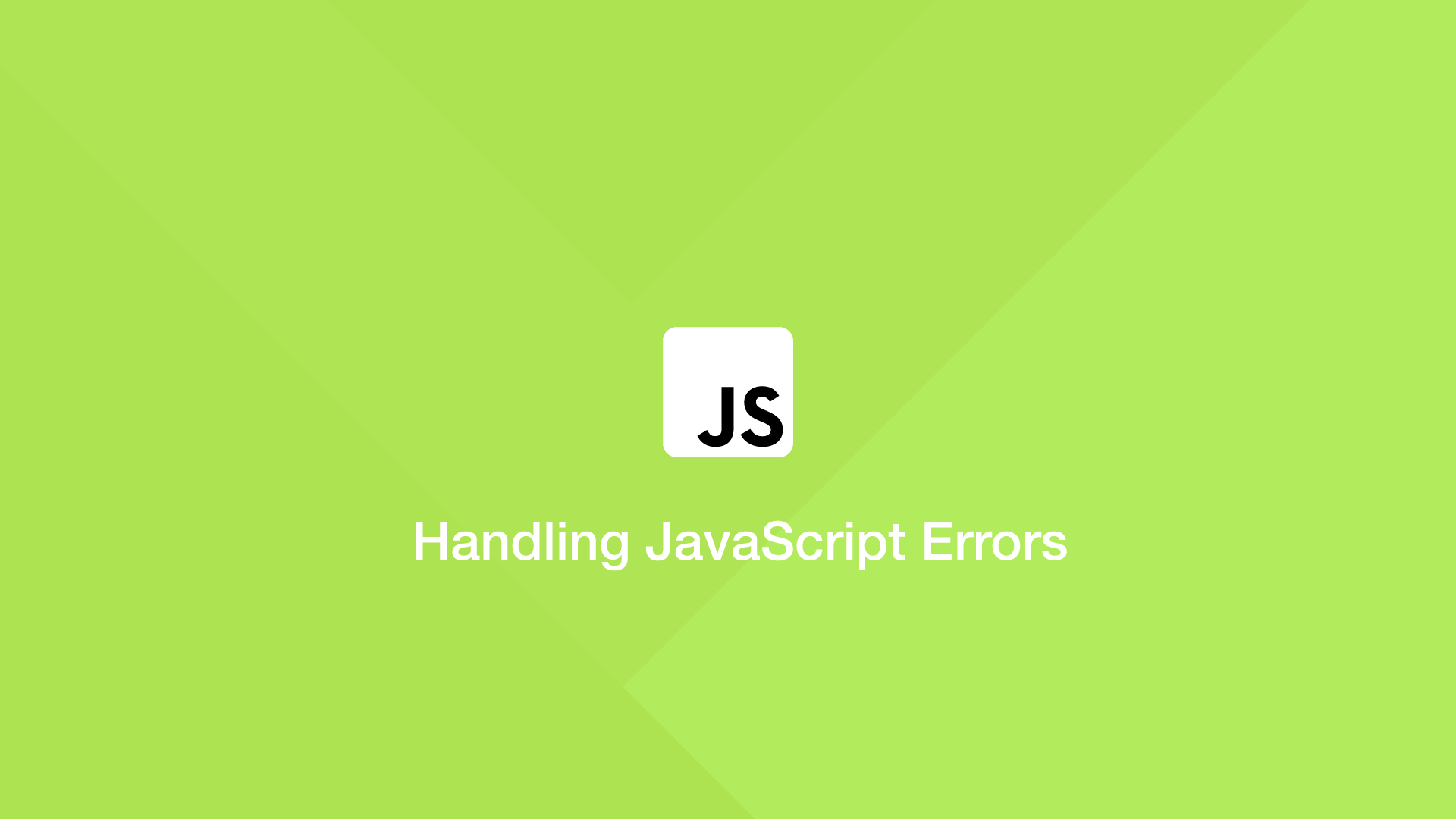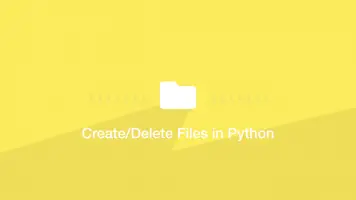Handling JavaScript Errors with try catch, finally & throw
JavaScript provides four different statements for handling errors; try, catch, finally and throw. In this tutorial, we will learn how these can be used in different ways to handle errors depending on your situation.
What Does Each Statement do?
try– code running inside this block will be checked for errors.catch– handle any of the errors thrown in the previoustrystatement.throw– throw a custom error anywhere in the code.finally– this statement will run regardless of the success of atrystatement.
try and catch Statements in JavaScript
Write the code to execute in the try statement and what to if an error is thrown in the catch statement. The error object returned from the try statement is passed into catch as the first argument.
try {
document.getElementById("hello").innerHTML = 'hello';
}
catch(err) {
console.log(err);
}
TypeError: Cannot set property 'innerHTML' of null
In JavaScript, a try statement must be followed by a catch or finally statement or a SyntaxError will be thrown.
Displaying Only the Name or Message of an Error
Error objects in JavaScript have two properties; name and message. You can access them like this in a catch statement, depending on what data you need to see:
try {
document.getElementById("hello").innerHTML = 'hello';
}
catch(err) {
console.log(err.name);
console.log(err.message);
}
TypeError
Cannot set property 'innerHTML' of null
try, catch and finally Statements
If you want to run code and do something after regardless of whether the first bit of code failed use a finally statement after a try and catch.
try {
document.getElementById("hello").innerHTML = 'hello';
}
catch(err) {
console.log(err);
}
finally {
console.log('run this code regardless of the outcome.');
}
TypeError: Cannot set property 'innerHTML' of null
run this code regardless of the outcome.
Throw Statements
A throw statement can be used to throw a custom error exception. Pass a string, number, boolean or object after the statement like this:
throw "Not acceptable"
throw 301
Not acceptable
301
throw statements are especially useful if a custom error should be thrown if a condition is met.
try {
if (true) {
throw "Problem..."
} else {
document.getElementById("hello").innerHTML = 'hello';
}
}
catch(err) {
console.log(err);
}
Problem...
Here is another example with a custom error object:
try {
if (true) {
throw {'name': 'dayError', 'message': 'It\'s not Friday!'};
} else {
document.getElementById("hello").innerHTML = 'hello';
}
}
catch(err) {
console.log(err.name);
console.log(err.message);
}
dayError
It's not Friday!
List of JavaScript Errors and Meanings
EvalError– error occured inside an eval() function.RangeError– number out of range.ReferenceError– illegal refference.SyntaxError– syntax error.TypeError– type error.URIError– error happened inside an encodeURI() function.







